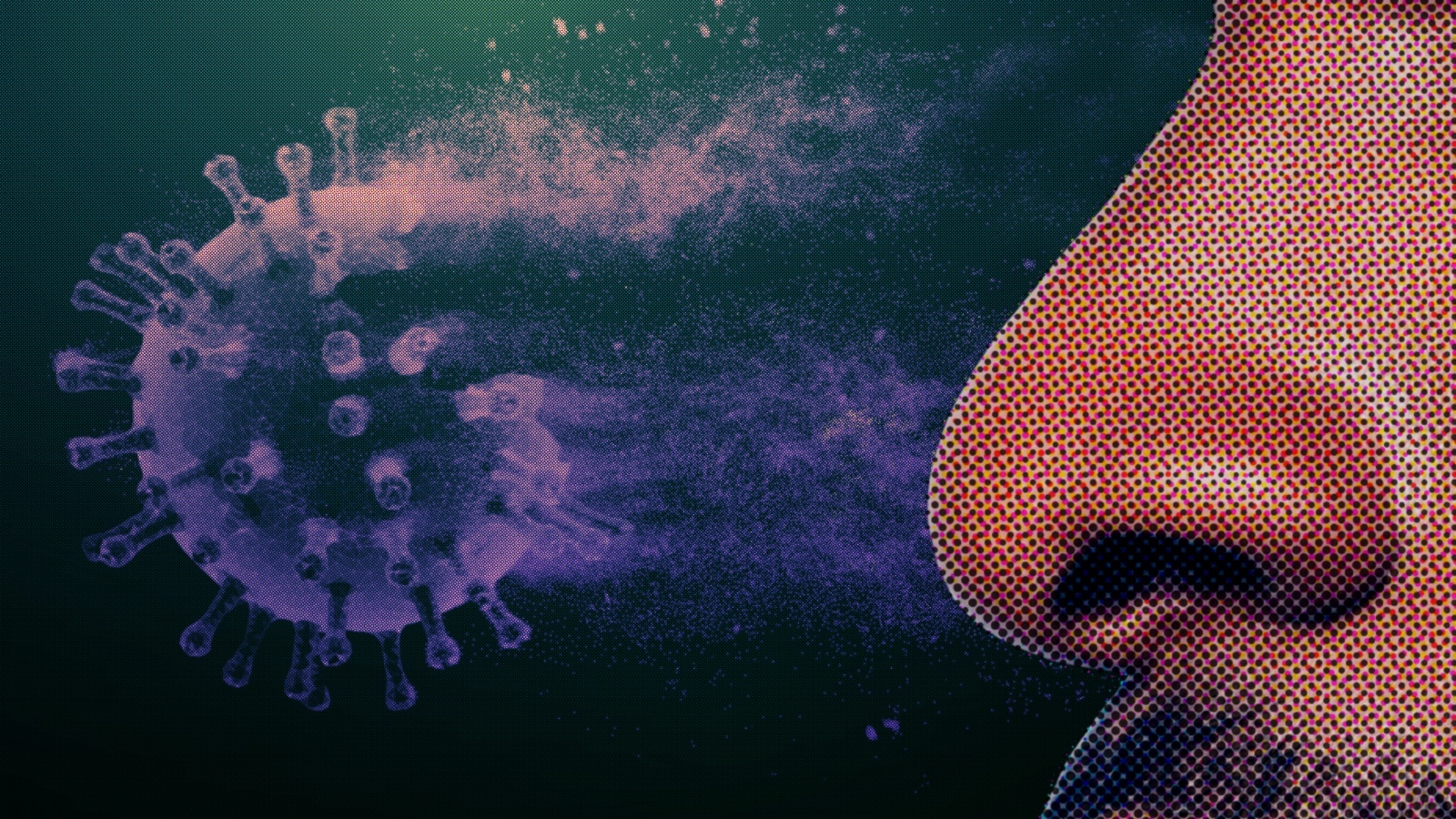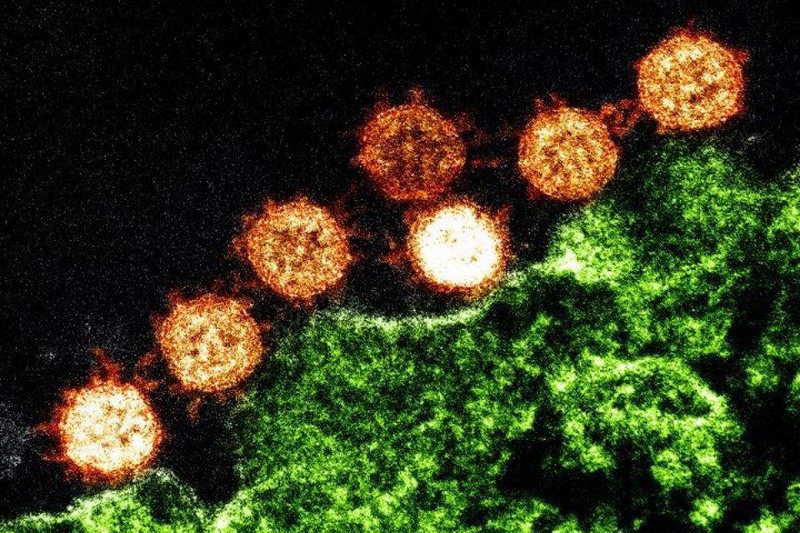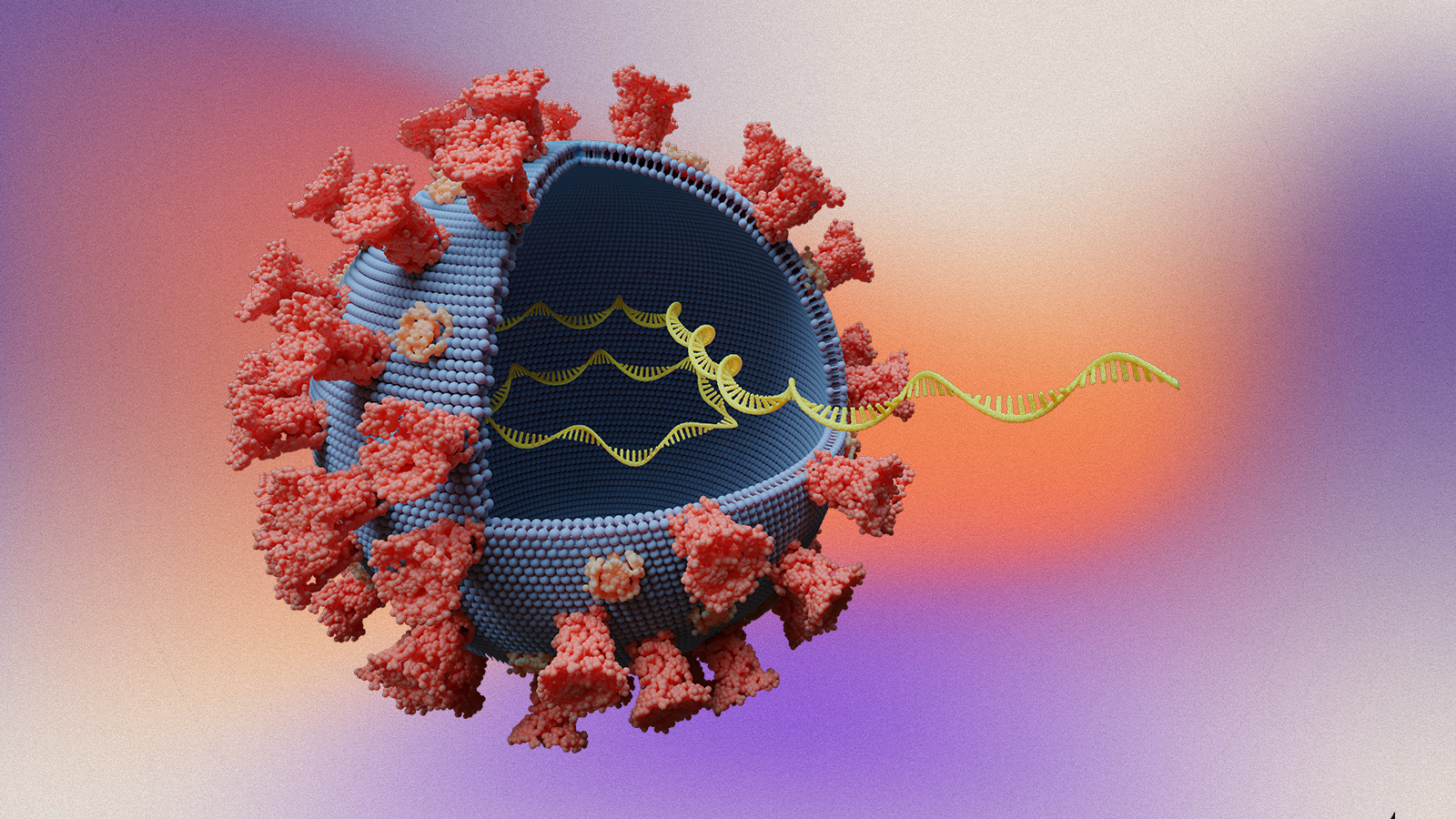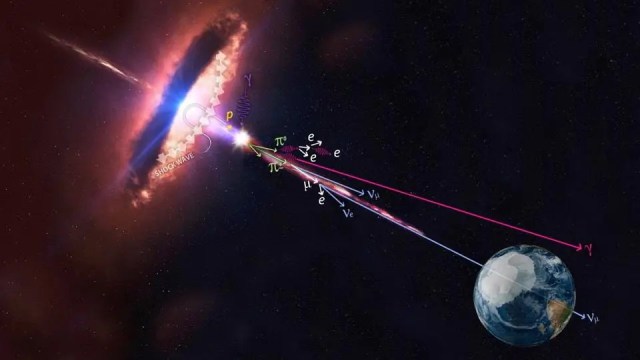COVID origin case reopened: A lab leak is a legitimate question
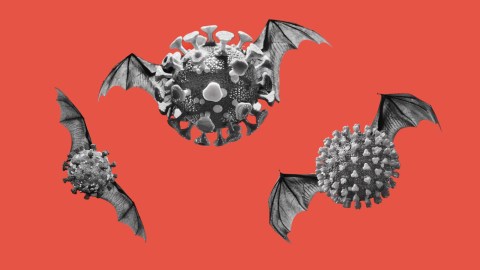
- The “lab leak” hypothesis for the origin of COVID has been fueled by a continuous trickle of new revelations, many of them driven by freedom of information requests or leaks.
- A series of coincidences and anomalies suggest that a lab leak is a serious possibility, yet there is a strange lack of curiosity among Western scientists to investigate.
- There were two nearly successful attempts to shut down the debate in early 2020, but those attempts have failed. The case remains unsolved.
In 2023, the world finally may find out how the COVID pandemic began, as the U.S. Congress has signaled its intention to hold hearings and subpoena scientists who worked with colleagues in Wuhan. In addition, Chinese scientists and others who have information about the early days of the pandemic might soon begin traveling to the west again.
Given the sophistication of modern biomedical technology, it is extraordinary that three years since the pandemic began, the origin of COVID remains unknown. Previous epidemics — SARS, MERS, Nipah, Hendra, Hanta, Marburg and other emerging viruses — usually have been quickly traced with moderate or high confidence to a date, a place, and an encounter with a species of animal. No such closure has happened this time. Yet unlike in those cases, millions are dead.
Chinese stonewalling
Two main possibilities remain on the table: that there was an accidental infection at a laboratory in the Wuhan Institute of Virology or that somebody caught it from a mammal on sale in the Huanan Seafood Market in Wuhan. Neither is popular with the Chinese regime, which championed both an aggressive push into high-risk virology experiments and the development of wildlife farming to serve Xi Jinping’s much favored interest in traditional Chinese medicine.
So the Chinese regime floated several other theories over the past three years but none has stuck. The pandemic did not, as China’s Foreign Ministry spokesman once argued, begin in Fort Detrick in America and travel to Wuhan with military athletes. (SARS-like coronaviruses, or sarbecoviruses, are found naturally only in horseshoe bats, which do not live in the Americas.) It did not, as Chinese scientists once insisted and the World Health Organization briefly endorsed as plausible, reach Wuhan on a shipment of frozen food from abroad. (Sarbecoviruses cannot infect lobsters.)
The actual debate: Open question vs. case closed
In the West, the debate has followed a predictable path toward increased polarization along culture-war lines. On Twitter, which unlike Facebook never censored speculation about a possible lab leak, a conversation among the curious has given way to name-calling, abuse, and offense-taking in the familiar pattern of the 2020s. Yet the two sides of the debate are not lab leak versus market spillover. Instead, the main divide is between those who think this is an open question because the lab leak remains plausible and those who think we can declare “case closed” because the lab leak can be ruled out.
This is a form of what Daniel Dennett once called burden tennis: insisting the burden of proof lies with your opponent while the benefit of the doubt rests with you. The case-closed crowd assume and insist that it’s up to lab leakers to prove their case because most previous epidemics began with natural spillovers. But why? Lots of lab leaks have happened in the past, and the expansion of high risk virology research is very recent. SARS itself leaked several times from laboratories, killing several people: once in Singapore, once in Taiwan, and probably four times in Beijing. So it’s not at all clear where the burden of proof should lie.
Opinion polls don’t decide scientific questions, but the open-question crowd is currently winning the argument. In one YouGov poll conducted in September, Americans favor some version of the lab leak over any natural event by two to one; Indians by four to one — numbers that have changed little since 2021. Just more evidence, say the case-closed folk, of the public’s failure to listen to experts.
Though both sides of the debate boast plenty of relevant PhDs, the open-question crowd includes more independent or junior scientists, alongside self-employed internet sleuths, anti-establishment journalists, and Republican Congressmen. The case-closed crowd is mostly senior university scientists, science and medical correspondents of the mainstream media, and Democrats. There are exceptions to this pattern, and of course turncoats on either side tend to get shot at dawn (metaphorically), to suppress dissent in the ranks.
A strange lack of curiosity
A striking feature of the debate, though, was expressed by the journalist and podcaster Megyn Kelly in a recent interview with the case-closed virologist Robert Garry: “I’m concerned about your lack of curiosity!” This most urgent and topical of scientific mysteries had led to no set piece debates at the U.S. National Academies or Britain’s Royal Society and little or no new funding of investigations in universities. The recurrent theme of the case-closed tribe is that no more debate is needed. Peer reviewers sometimes ensure that critiques do not get published in high-impact journals, and then point to the lack of peer-reviewed critiques. Indeed, this circular argument is now a fairly common “gatekeeping” technique employed in controversial scientific debates.
The case-closed crowd rest their case mainly on two studies by Michael Worobey and colleagues preprinted last year and published in Science magazine, which they said at first were “dispositive,” though the language was later softened. These studies demonstrated that, of the early cases, even those with no direct connection to the seafood market in Wuhan were centered around the market. The work has been hailed by some virologists as “laying to rest” (Ed Holmes) the lab leak with “a dagger in the heart” (Robert Garry).
However, as my co-author Alina Chan pointed out and Virginie Courtier and 14 other scientists showed in a rebuttal letter, there are many problems with these data. They are imprecise, being harvested partly from pixelated images; incomplete, almost certainly lacking the earliest cases; and biased by the fact that, in the earliest days, most of the cases were diagnosed as COVID only if there was a market connection. In order to make their case, the case-closed studies assume that the Chinese authorities have successfully identified the earliest cases of COVID and shared all these with the world without holding anything back — but also that they are hiding the infected market animals.
A confluence of coincidences
As for the other side of the debate, simple geographical coincidence is the starting place for many. In 2007, foot and mouth disease broke out on a farm in southern England, 13 miles from the world’s leading reference laboratory for foot and mouth viruses. This was no fluke. Within days, it had been established that a contractor had mended a leaking pipe at the lab and travelled straight to the infected farm. Case closed.
In this case, COVID broke out eight miles from the world’s leading laboratory for the study of novel sarbecoviruses. That alone should thwack the burden of proof over the philosophical net, argue those of us on the open-question side. But that’s only the start of the coincidences and anomalies.
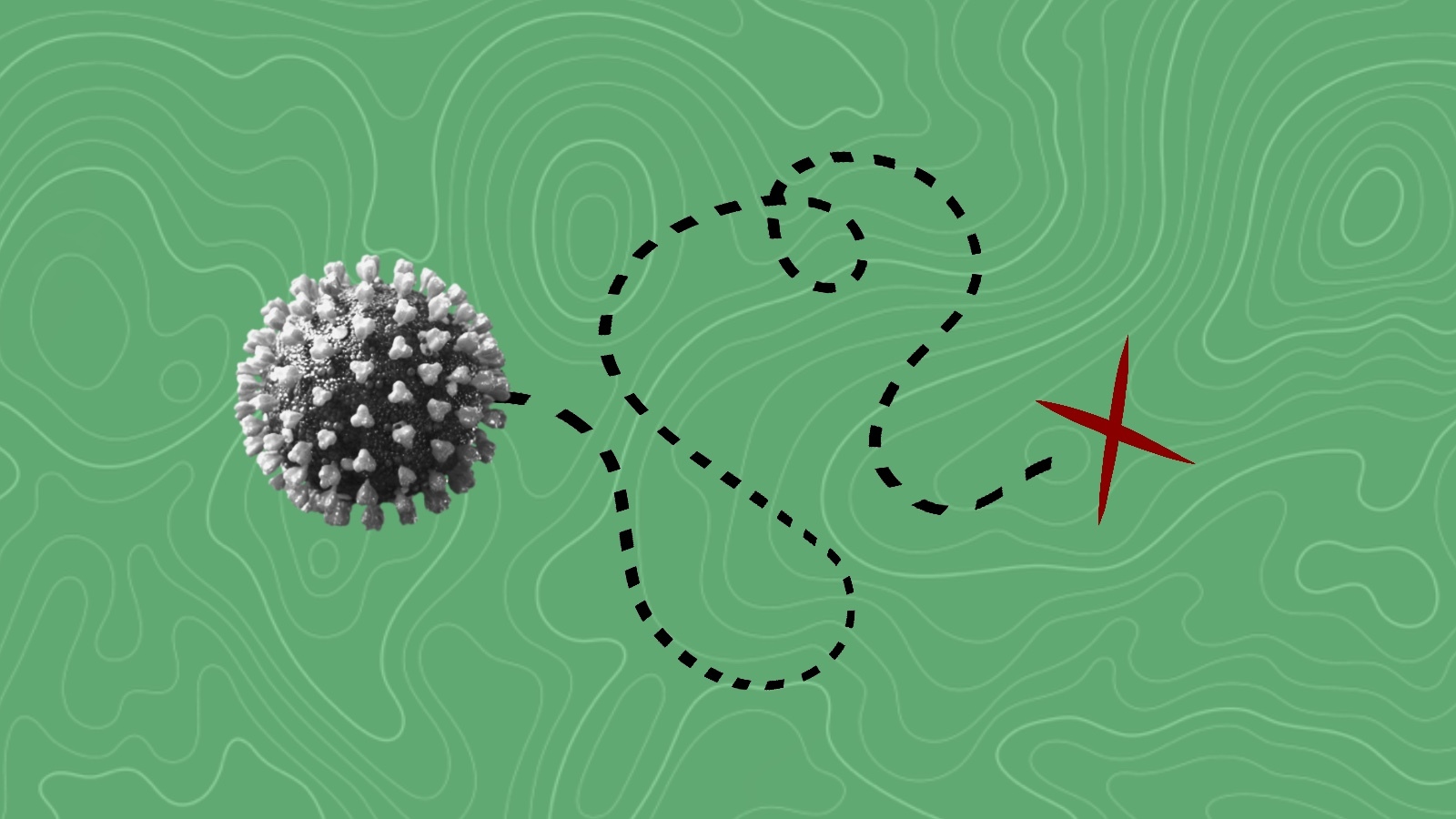
Over the past decade, the Wuhan Institute of Virology collected thousands of virus samples from bats in southern China, Laos, and six other countries and brought them to Wuhan — and nowhere else. In September 2019, it removed from public access its database of these viruses, which had been built partly with U.S. funding. It refused to share the database once the pandemic began, using the excuse that people might try to “hack it” once it was published, whatever that means. Yet releasing this database would be the fastest way to exonerate the lab if it contains no relevant viruses.
Nonetheless, we know that the nine closest related viruses to SARS-CoV-2 at the time of the outbreak were found at the Wuhan Institute of Virology (WIV). The WIV only owned up to one of those viruses and changed the name (from Ra4991 to RaTG13) but failed to mention the name change in their first paper, thus delaying by more than a month anybody making a connection between that virus and a mysterious incident in which three people died after shoveling bat guano in a Yunnan mine 1,885 km by road from Wuhan.
An amalgamation of anomalies
The WIV scientists implied that this RaTG13 genome was sequenced in the lab after the pandemic had started, rather than 2018, as actually turned out to be the case. A thesis from that WIV lab also revealed that the RaTG13 virus had been deemed high-priority.
They failed to mention in their first paper the most striking and significant feature of SARS-CoV-2, namely its furin cleavage site, found in no other sarbecovirus before or since, even though this is like describing a unicorn but not mentioning its horn. WIV and other scientists in Wuhan had recently collaborated on experiments inserting furin cleavage sites into coronaviruses. The U.S.-based EcoHealth Alliance had applied to the Department of Defense in partnership with the WIV for a grant to insert furin cleavage sites into low-risk sarbecoviruses (in other words, SARS-like viruses that are not too similar to the 2003 SARS virus — the pandemic virus is such a virus that would have been seen as low-risk prior to the 2019 outbreak).
In recent weeks, a Senate interim report has found evidence that suggests there was some kind of crisis meeting around biosafety at the WIV in November 2019. It also found that Chinese scientists developed a vaccine for COVID very rapidly in 2020, despite listing animal experiments that would have taken a long time — implying that vaccine development likely began as early as November 2019.
The open-question crowd is also exercised by the fact that it slipped the mind of a dozen leading Western virologists in February 2020 to tell the world they attended a phone conference called because several of them were at the time more than half convinced that the virus genome looked engineered. Yet they discussed by email after the meeting the need to shut down the debate lest it “do unnecessary harm to science in general and science in China in particular” or damage “international harmony.”
The only reason cited for changing their minds immediately after that meeting was the announcement of a 99% similar virus from two confiscated pangolins (hundreds of miles to the south), despite the fact that when published this virus proved to be much less similar, to lack a furin cleavage site, to be a mess of duplicated and inconsistent data, and to come from animals that had not been on sale in Wuhan.
Attempts to shut down debate have failed
There were two nearly successful attempts to shut down the debate in early 2020. Dr. Peter Daszak, head of the EcoHealth Alliance, orchestrated a letter to The Lancet in February 2020, signed by 27 scientists, dismissing the possibility of a lab leak, but failed to mention his own conflict of interest as a close collaborator and funder of the Wuhan work.
Five scientists published a paper called “Proximal Origin” in Nature Medicine in March 2020, also dismissing a lab origin, but failed to mention that they had shared and revised drafts with their own funders, including Dr. Anthony Fauci of NIAID and Dr. Jeremy Farrar of Wellcome Trust. It was also recently revealed that one of the authors had collaborated with the WIV lab on collecting and studying novel sarbecoviruses. That paper argued that furin cleavage sites would soon turn up in other sarbecoviruses. (They haven’t.)
The extraordinary longevity of this debate — unsettled after three years — has been fuelled by a continuous trickle of new revelations, many of them driven by freedom of information requests or leaks. The desperate hope that it would all just go away, shared by the Chinese authorities and some Western virologists, is likely to be frustrated for a while yet. Case open.

